Technical analysis is one of the most popular methods of market speculation used by day traders. Many day traders utilize strategies rooted in technical analysis to help ease the decision making process. This seemingly complex form of market analysis can be intimidating to some, however understanding a few basic principles will help you filter out the noise and develop an applicable strategy.
Many new traders are more familiar with the “fundamental” side of the stock market, where you analyze the underlying company of a stock to see how profitable they are, what their future potential is, etc. While that information is great for investors, it provides less value to traders who are more focused on short-term price action.
What is Technical Analysis?
Technical analysis is a strategy used to help day traders simplify the decision making process. While there are an endless amount of complex strategies, technical analysis is built on very basic principles. There are a few key things you should know:
- Technical analysts only care about price action. A company’s news events, earnings potential, and other fundamentals do not matter. We assume that all of these things are already factored into the stock price.
- Technical analysts examine historical price action to predict future price action.
- Stock charts are the main source of data for technical analysts.
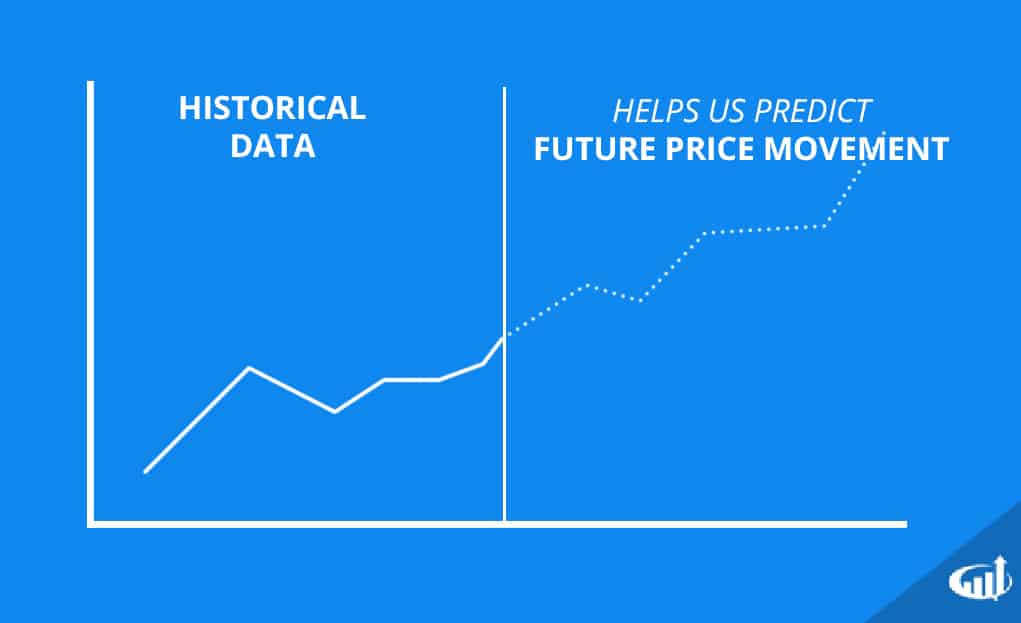
Day traders use technical analysis to analyze price action – the one thing they truly care about. If you are trading multiple stock tickers a day, it would be very difficult to research every company’s management, financial standing, and future outlook. Instead, day traders assume that a stock’s price accounts for all other factors. This allows traders to SIMPLIFY the process of analyzing a stock.
Think of it this way. When you make almost any purchase, you focus on the price of the product itself. You don’t focus on WHY it is priced that way because that would turn your 30-minute grocery shopping trip into a 4-hour expedition. For the most part, we assume that products are priced to meet the market’s demands. The same logic applies to stocks.
Does Technical Analysis Work?
The short answer is, “yes, technical analysis works.” Many day traders utilize technical analysis to make a consistent living from the stock market. That said, the success of this approach depends on the skill of the person using it.
Technical analysis is both a science and an art. Day traders analyze historical data, formulate hypotheses, and pivot accordingly. In this aspect, it is very scientific. That said, if ten different traders analyze the same stock chart, they might all come back with different hypotheses. The art is in the analysis. Because of this, the effectiveness of technical analysis is relative to the skill of the person using it. There are a few important things to keep in mind:
- Technical analysis is NOT about making a decision with 100% certainty
- Technical analysis can be used to account for situations where the analyst is either right or wrong.
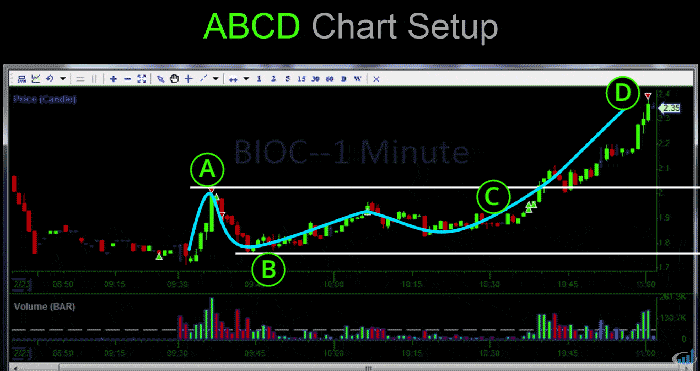
An example of one of the chart patterns we use at Investors Underground
A technical analyst would never say, “I’m 100% certain this stock is going up so I’m putting my life savings into it.” A proper analysis would look something like, “If the stock breaks above $20, there’s a good chance it will get to $25. If I’m wrong, I can sell at the $19 support level, so the 1:5 risk/reward ratio is worth it.
The fact remains that no one can predict the stock market with 100% accuracy because it is influenced by human behavior. They can, however, analyze trends and mitigate risk accordingly. This is no different than any other predictive model. Think of this like statistics.
Let’s say there is a statistic that claims 8 out of 10 people who go to Taco Bell order something off of the value menu. If you saw someone walking into Taco Bell, it would be safe to hypothesize that they would order something of the value menu (after all, the odds are in your favor). Does this mean that they definitely will? Of course not. Realistically, they could order plenty of different products. So, what the heck does this elegant Taco Bell analogy have to do with the effectiveness of technical analysis? Just like any predictive tool, technical analysis will work well for some people and not others. It all comes down to how well you can analyze, learn from the findings of your analysis, and improve your predictive strategy.
Technical analysis is a decision-making tool. It is used to assist traders with decision making, NOT to give them definitive answers. That said, this tool can be very effective when applied properly. We’ll go over a few basic tips for making the most of technical analysis.
Check out the following videos if you haven’t already!
How to Read Stock Charts
In this video we go over the basics of reading stock charts
Trade Recap Using Technical Analysis
Here is an example of we use technical analysis at Investors Underground.
Technical Analysis Tips
The following tips are for people who are new to technical analysis or just beginning their studies. There are plenty of advanced strategies, however these are the basic skills that any technical analyst should have.
Understand a Stock’s Trend
One of the most basic aspects of technical analysis is understanding a stock’s trend. A stock’s trend is simply the direction in which a stock’s price is moving. A stock can be in an uptrend (price is going up), downtrend (price is going down), or period of indecision (price is range-bound). Uptrends are characterized by higher highs and higher lows, while downtrends are characterized by lower highs and lower lows. It should also be noted that stocks can have different trends for different timelines. For example, a stock may be in experiencing a downtrend for the day even though it has been uptrending all year. It’s important to focus on the trends that are most relevant to your trading style.
If you are focused on intra-day trades, you may not care about what a stock’s daily trend (although it’s still important to be aware of it). If you are focused on longer term trades, you may not care about a stock’s intra-day trend.
So, why is trend analysis so important? The last thing you want to do is fight a trend! If a stock is uptrending all day with no signs of a reversal and you try to short it, you are setting yourself up for failure. Similarly, if a stock is downtrending and you keep trying to “catch the bottom” by taking a long position, you are exposing yourself to unnecessary risk.
Be Able to Pinpoint Support/Resistance on Multiple Time Frames
The second basic concept of technical analysis is support and resistance.
- Support levels are price levels where buyers overpower sellers. These are thought to be areas where the price will not drop and further.
- Resistance levels are price levels where sellers overpower buyers. These are thought to be levels where a stock cannot increase any further.
These levels can be created in a variety of ways, including:
- Static price levels (i.e. $25)
- Trendlines
- Technical Indicators (i.e. moving averages)
Why are these levels important? Support and resistance levels make good entry/exit points. If you are looking to initiate a long position or exit a short position, you may want to do so near a support area. Contrarily, if you are looking to initiate a short position or exit a long position, you may want to do so at a resistance level.
It’s important to keep in mind that support/resistance levels exist across multiple timeframes. You are not trading in a silo. You are trading alongside day traders, swing traders, and investors, all of whom may have different price targets. For example, $23.50 may seem like an insignificant price point on an intra-day chart, however that may be a long-term support level on a daily or weekly chart. Make sure to understand support and resistance levels across intra-day, daily, and weekly charts.
Curious as to WHY support and resistance levels work? Check out the following explanation using supply and demand:
Understand a Stock’s Range
We discuss this concept in Textbook Trading, as most new traders don’t really think about a stock’s range. Most traders tend to focus on a stock’s price instead.
A simple look at a stock chart will give you a good understanding of a stock’s general price range. Which would you rather trade: a stock that has fluctuated between $20-$25 over the past year or a stock that has fluctuated between $10-$25? The stock that has fluctuated between $10-$25 has a $15 range, whereas the stock that has fluctuated between $20-$25 has a $5 range. The broader range signifies higher volatility, therefore, more trading opportunities.
Day traders are looking to take advantage of volatility and significant price fluctuation. A stock with a $0.10 intra-day price range provides very little opportunity to most traders. Focusing on stocks with broader ranges will provide more trading opportunities.
Use Volume as Confirmation
As mentioned above, technical analysis involves the examination of both price AND volume. Whereas price can give you and idea of how much people are willing to pay for a stock, volume can be used to measure the significance of price movement. Think of it this way. Imagine a study comes out claiming that 50% of people prefer Diet Coke to regular Coke. Would you trust the study more if you discovered that 10 people were surveyed or 10,000? Obviously, 10,000. There is a much higher level of statistical significance in that scenario. The same logic applies to technical analysis.
A lot of people make this mistake when trading penny stocks. You’ll hear, “stock XYZ cracked $0.05/share today!” What they neglect to mention was that someone bought 10,000 shares (a $500 order) and then the stock pulled back down to $0.04.
Use volume as a confirmation of the significance of price action. Volume signifies conviction. The higher the volume, the more significant the move is.
Keep it Simple
While many traders simply analyze price and volume, a lot of other traders will use technical indicators such as the RSI, MACD, VWAP, etc.
There are tons of technical indicators out there and even more strategies that can be applied with each. The goal should not be to master every technical indicator. If you try to use every indicator, you will fall victim to information overload and have a tough time making decisions (defeating the purpose of using technical analysis in the first place). Keep this in mind: all indicators are derived from price, volume, and time. They all represent some calculation of the aforementioned factors.
IF you are going to incorporate technical indicators into your strategy, try to keep it simple. Focus on the ones that actually make the decision making process easier. There’s no reason to check the RSI, MACD, VWAP, PSAR, stochastics, and Bollinger bands before every trade. You will slow yourself down decrease your efficiency as a trader. Instead, focus on technical indicators that actually help you improve your decision making. For example, we often use VWAP to gauge a stock’s relative strength on an intra-day chart. Similarly, many traders will use stochastics, RSI, and MACD to do the same. There is no such thing as good or bad technical indicators; it all comes down to how you use them.
Keep things simple and develop a strategy that is both effective AND efficient.
What is Your Experience with Technical Analysis?
Traders use technical analysis in a lot of unique ways. Feel free to share some tips and tricks that have been helpful for you in the comments!

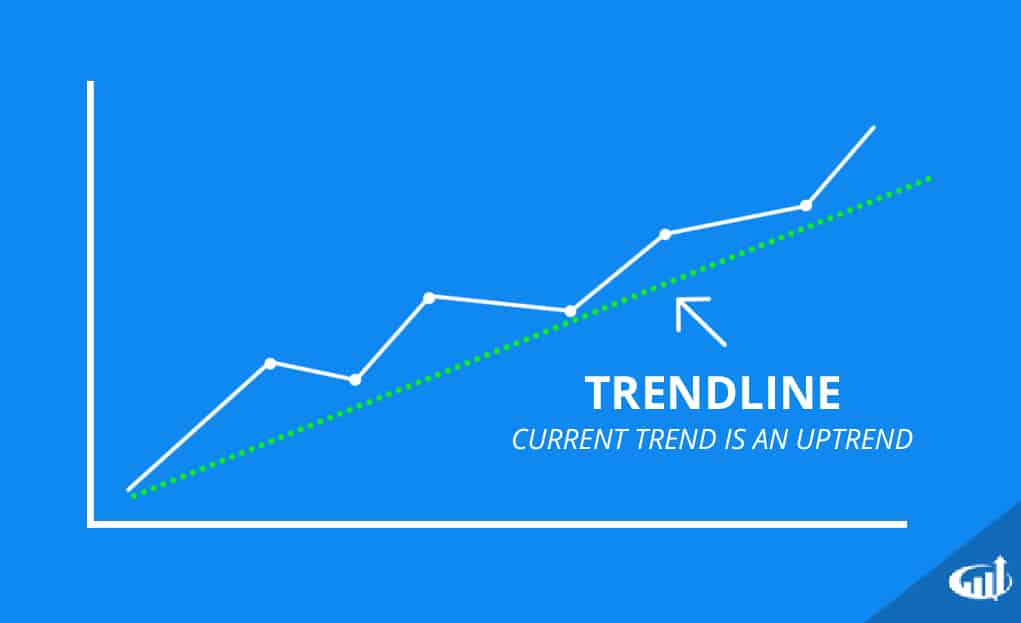
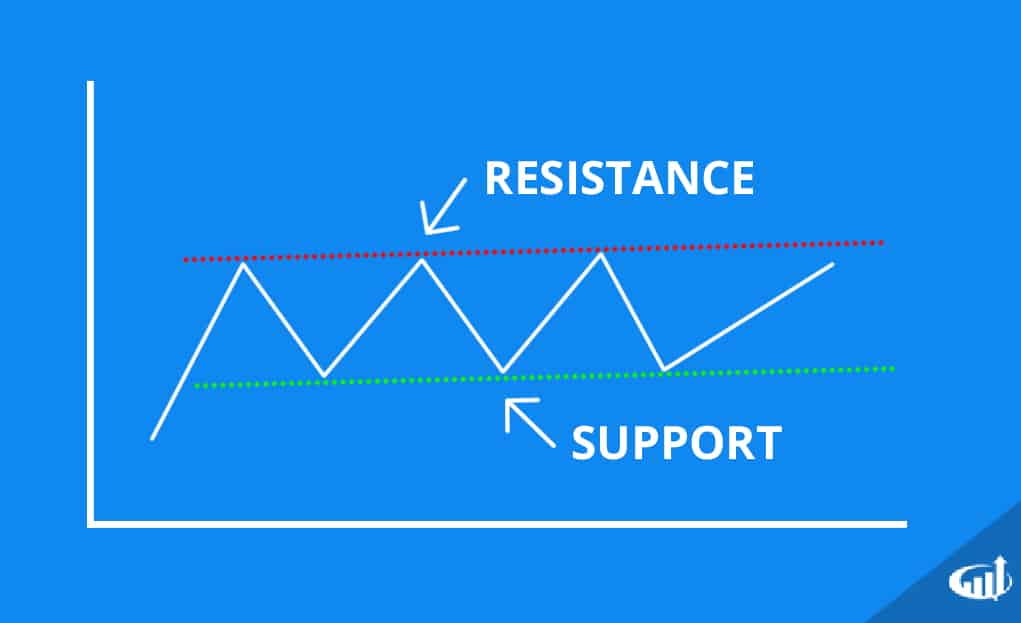
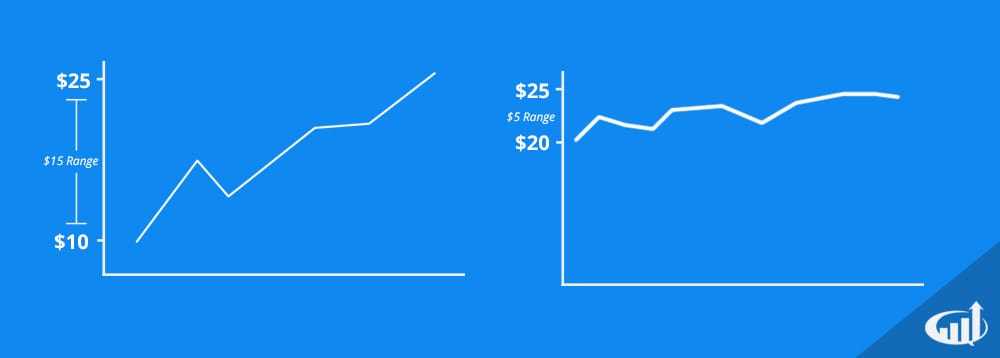
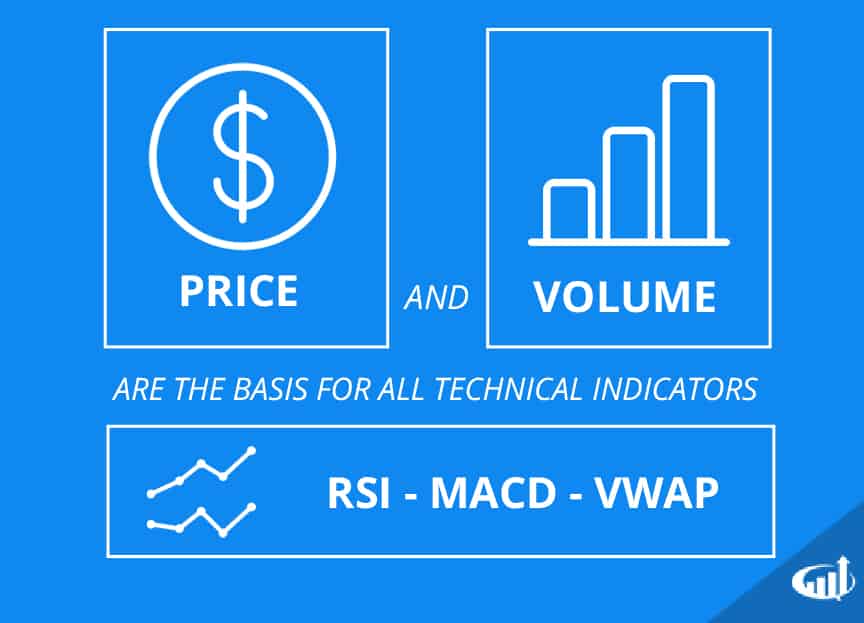







As stock price movement is influenced by human interaction and interpretation of trends, as day traders, would it be best to then use the most common technical indicator? As this would then have more eyes looking for confirmation on this indicator and react as a result of it.
If so, what is the most common indicator for intra-day price action among day traders?
What is the most frequent used Moving Average (Exp. or not) length?
Great information as always!
Fantastic article..
That’s true, the more complicated indicators added, more difficult to assess & higher chance of failure rate.
That’s true for all beginners.
The more complex indicators added, more difficult to assess & higher chance of failure rate.
may i knwo sir most part of chart
i think nothing to best for treading just only focus price action